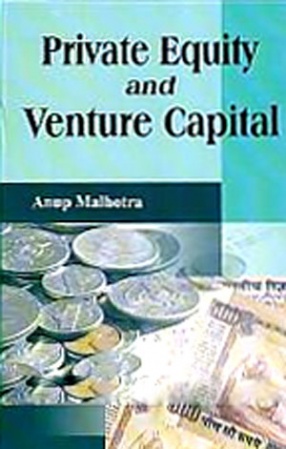The Indian Railways, from its modest beginning in 1853, has gradually grown to become the world’s largest monopolized railway network. With a sprawling network covering over 60,000 km of track, an annual passenger load in excess of 4855 millions and ability to efficiently transport freight to the remotest parts of the country, Railways are clearly India’s lifeline. The book highlights the growth of the Railways from the time it was formed after amalgamating the forty-two rail-systems that existed at the time of independence, into a single unit. The recent transformation of the Indian Railways from a much-maligned and loss-making public enterprise to an awesome, technology savvy, fast-moving and profit-making juggernaut has been particularly impressive, in view of its innate systemic complexity. This book charts the remarkable journey for the reader by first providing a detailed retrospective, addressing the contributory factors responsible for the organization’s downward trend, as well as outlining the restructuring initiatives and reform processes undertaken after the turn of the century to arrest the slide. Particular emphasis has been laid here on the e-governance initiatives undertaken by the Railways for better management of the passenger and freight services. Research scholars, management students and policy analysts will find fascinating the analysis of the meteoric transition from different perspectives to explain the extraordinary turnaround in the performance of the Indian Railways.
Indian Railways: Changing Tracks for the Better
In stock
Free & Quick Delivery Worldwide
Bibliographic information
Title
Indian Railways: Changing Tracks for the Better
Author
Edition
1st ed.
Publisher
ISBN
8131408396
Length
276
Subjects






There are no reviews yet.